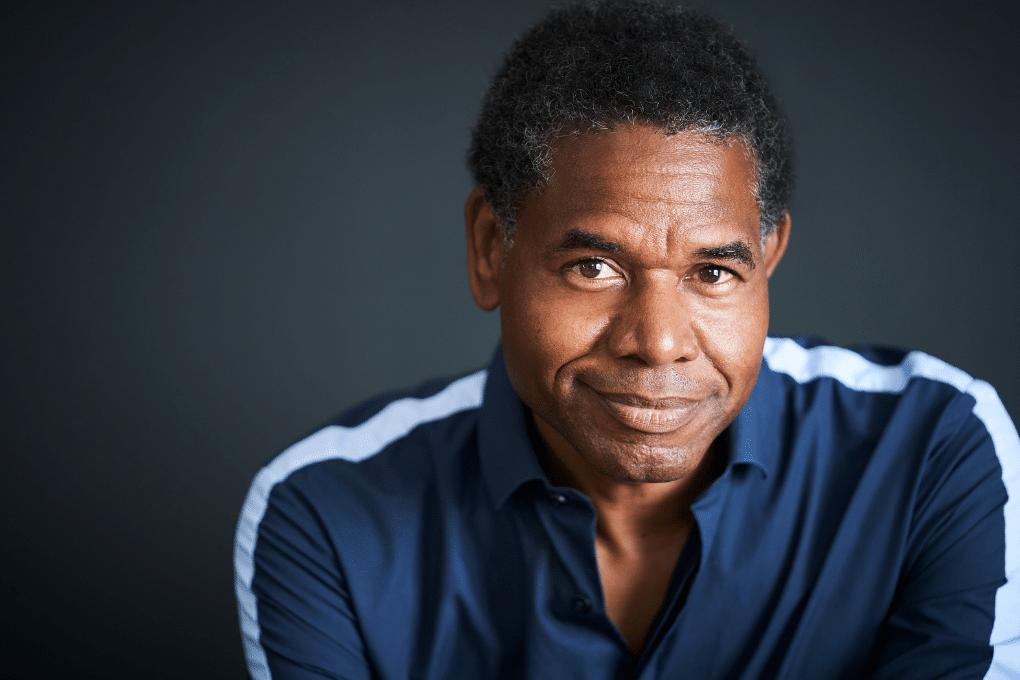Meet our Energy Trailblazer: Kirk Johnson

Kirk Johnson
President, Eco-Efficiency Consulting
Toronto, ON
Kirk Johnson is a veteran trailblazer in advancing energy efficiency and driving market transformation across Canada. As President of Eco-Efficiency Consulting, Kirk has designed over $300 million in sustainability programs, triggering more than $1 billion in project investments that reduce greenhouse gas emissions, enhance cost savings, and empower market actors to take climate action.
With over two decades of experience, Kirk has led transformative programs for provincial and municipal agencies, national industry associations, educational institutions, and NGOs. His innovative contributions include the Canadian adaptation of the ENERGY STAR Multifamily High-Rise Standard, SBC EnergySPRING, CaGBC GREEN UP, and the City of Toronto’s Green Standard (TGS – Energy Section). He has also developed critical workforce development initiatives such as the University of Waterloo’s Career Accelerator Program, funded by ISED, NRCan, the Ministry of Energy, and ECCC.
Kirk has been instrumental in managing landmark energy efficiency incentives, including the long-running High-Performance New Construction (HPNC) program, GREEN ON Residential Incentives for HRAI, and existing building incentive programs for BOMA Toronto (BOMA CDM) and the City of Toronto (Better Buildings Partnership). Beyond his program work, he has chaired and co-chaired sustainability panels and committees for organizations like ULI-Toronto, NRCan, EnerQuality, TAF, Earth Day Canada, and the City of Toronto.
“My Ikigai is creating innovative market transformation programs that concurrently decarbonize, electrify, create business value, drive inclusive workforce development, and embed resiliency.”
Supported by funders like Natural Resources Canada and the City of Toronto, Kirk’s work blends technical expertise with forward-thinking strategies. From stakeholder engagement to workforce development, he continues to shape Canada’s path toward a low-carbon, sustainable future.
Kirk’s Career Journey
Undergraduate Degree
Kirk obtained an Engineering degree from McMaster University.
Certification
Kirk obtained certification in Agile Project Management and Low Carbon Retrofits.
On-the-Job Experience
Kirk began as Manager of Conservation Program Design for OPA (now IESO), became City of Toronto’s Portfolio Development Manager, brought ENERGYSTAR Multifamily High-Rise Voluntary Construction Standard to Canada, and founded his own company, Eco-Efficiency Consulting.
Advice on entering the energy efficiency sector
As a female and a Black female, there are always going to be obstacles. That doesn’t mean, however, that I didn’t face them head-on. I like a challenge. I welcome it, actually. It motivates me. So for any women out there who are BIPOC or women in general, we are dominating a very male-induced industry.
Energy Efficiency (e²) employers care about your communication, engagement, and PM chops as much as your hard technical/business talents. So, work on building your hard and soft skills.
The great thing is that with this sector, there is such a need for workers that they are offering courses to everyone. That’s really opening up for people. You don’t need to go back to school necessarily. Go do a degree or diploma. You can take like little courses at a time to upskill yourself and make yourself relevant.


